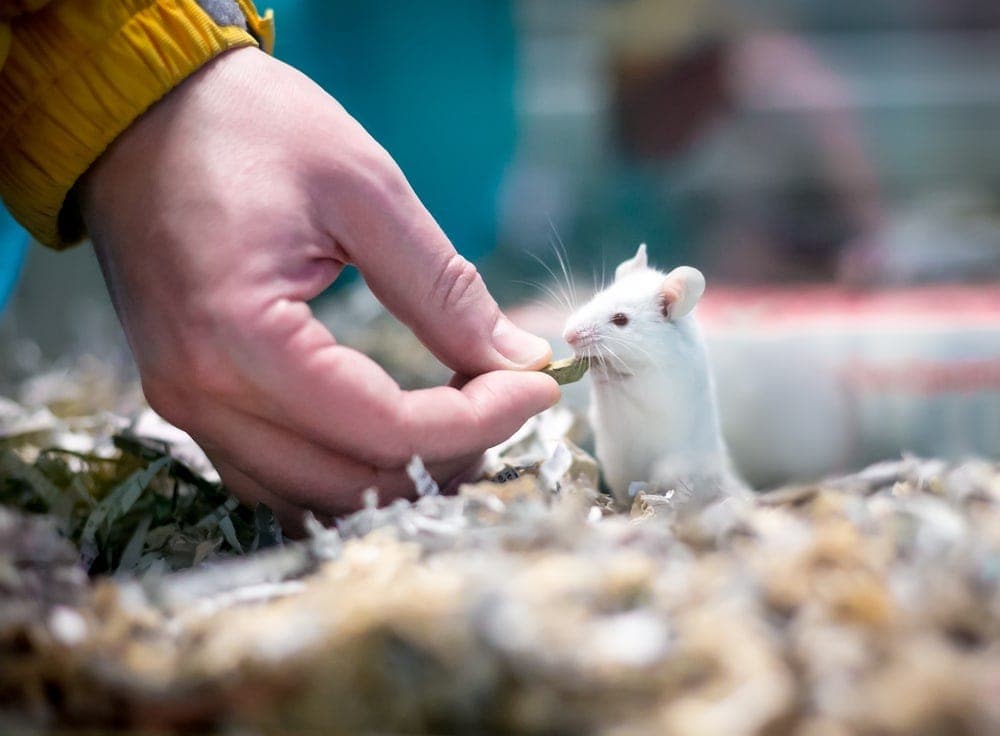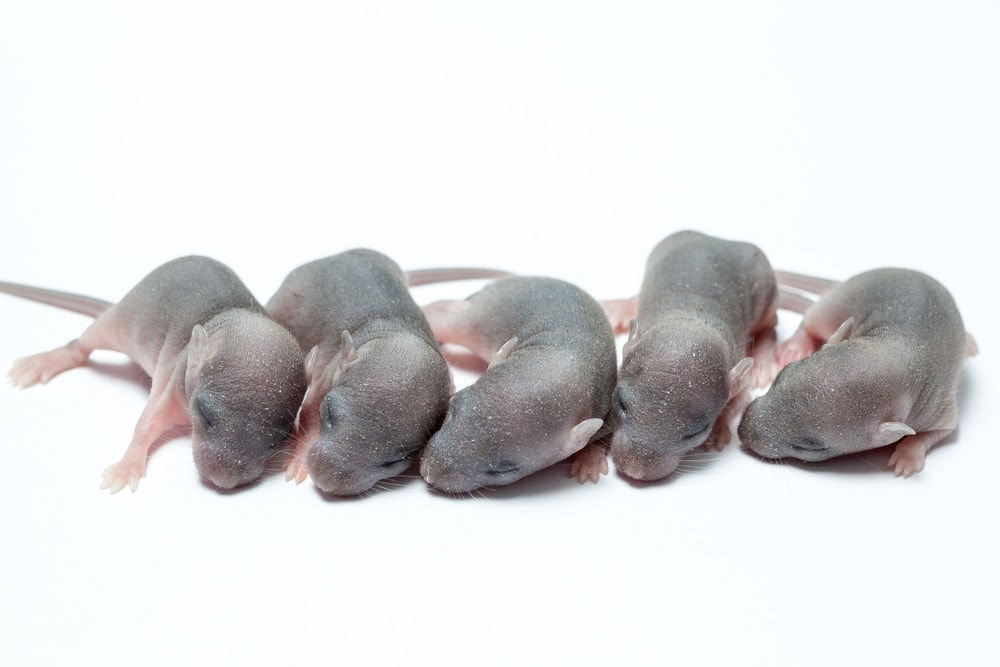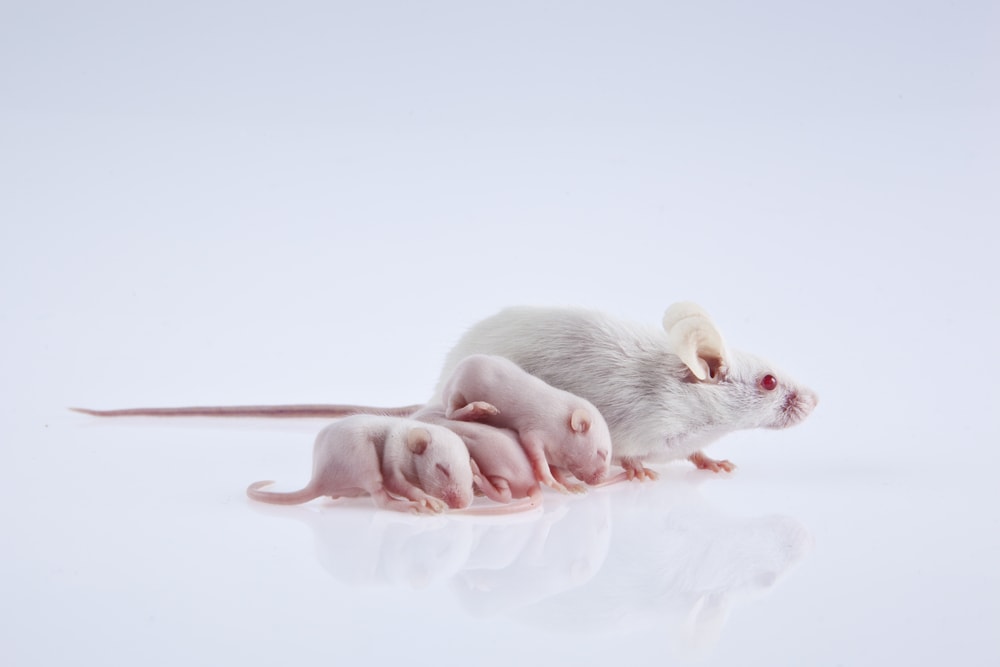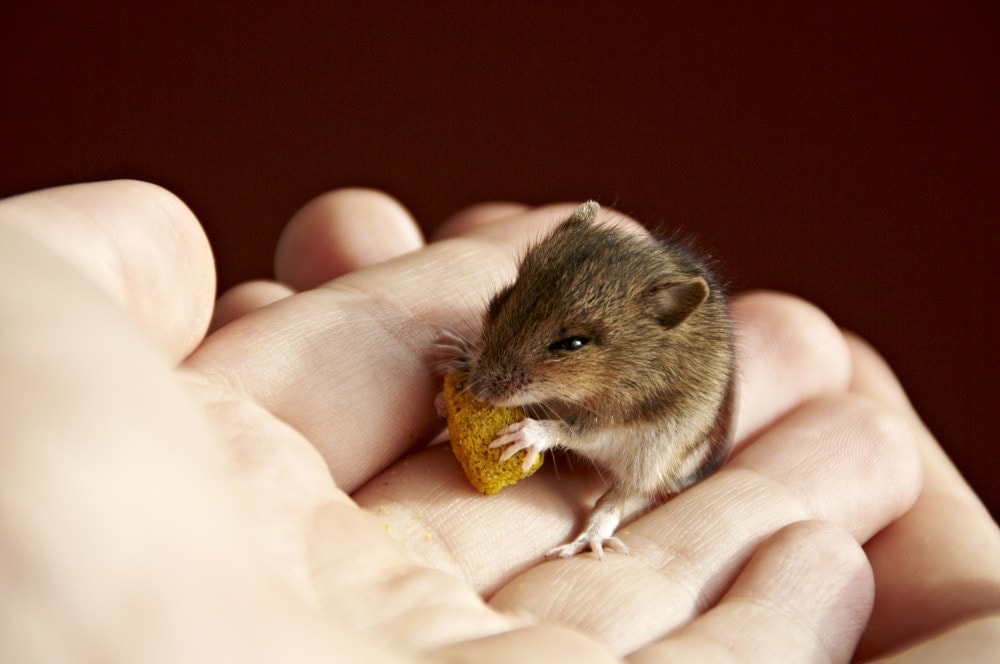One of the biggest problems with taking care of a rodent, like a hamster, gerbil, or mouse, is having to clean their cage often.
Unlike cats and dogs, rodents stay in a confined space, so they end up pooping all over their cage. Defecating where they live will make them sick if their cage isn’t cleaned fast enough.
But what if we informed you that you could potty train your mouse to poop in a specific area? If you are successful, you can make your cleaning job easier, and the mouse could live in a clean environment.
Tools and supplies you need
First, you have to choose a spot where you can permanently establish your mouse’s litter box. Make sure the mouse’s litter space does not take up too much space in the cage. You cannot move the mouse’s litter box for the first few weeks after you begin potty training, so location is important.
You need to easily remove the entire litter box without disturbing the rest of the mouse’s cage setup. Or you could create a separate area where the mouse can defecate outside of the cage.
Second, you need to buy rodent-approved litter that will absorb the mouse’s urine and stops the smell of their poop from rising into the air. If you are purchasing the litter or bedding through an online retailer, always check the reviews and read about the actual performance of the litter. If you buy paper bedding, it has to be different from the bedding around their cage. Using the same bedding for their littler will confuse your mouse and make potty training much harder.
Note: Do not use cat litter as a substitute for mouse litter. Mice will breathe in the powder form the litter, and it will cause lung irritation. Plus, the mice are likely to nibble on the litter, which will give them indigestion.

How to start training your Pet Mouse
First, choose an area in your mouse cage that is far away from its main play area. It also needs to be away from their food and water. There should not be any barriers preventing your mouse from reaching its new litter spot. Place the paper litter product down over the area. Caretakers can also place the litter in a shallow box so it can easily be removed and cleaned. Place lining underneath the litter so it can catch any urine or feces the paper does not.
Then, look around the cage for any feces or urine-soaked cage bedding. If you find any, place the dirty pieces underneath the litter. By doing this, you are teaching the mouse that this new paper bedding is for defecation.
Second, when your mouse does poop in their litter pan, do not clean it out immediately. Allow the defecation to sit for a few hours so the area and material can absorb the smell. If you catch your mouse in the middle of pooping, but are not in the litter pan, gently pick them up and place them there. If they start placing objects in their pan, take them out and wash the object, so the smell does not stick to it.
Changing the litter
Whenever it is time to change out the litter, remove the lining underneath as well. You can either throw the lining away or clean it, but don’t reuse it without cleaning it. Just because the lining doesn’t look dirty doesn’t mean it is clean. There could be hidden residue on the lining. There could also be a lot of fecal bacteria on the lining.
Replace the lining and the litter in the same area every time while you are training your mouse. You can move the litter only after the potty training is complete. When you train your mouse, the goal is to make the mouse associate the litter with defecation. Once the association has been made, you will be able to move the litter anywhere, and the mouse will search for it when it has to go to the bathroom.
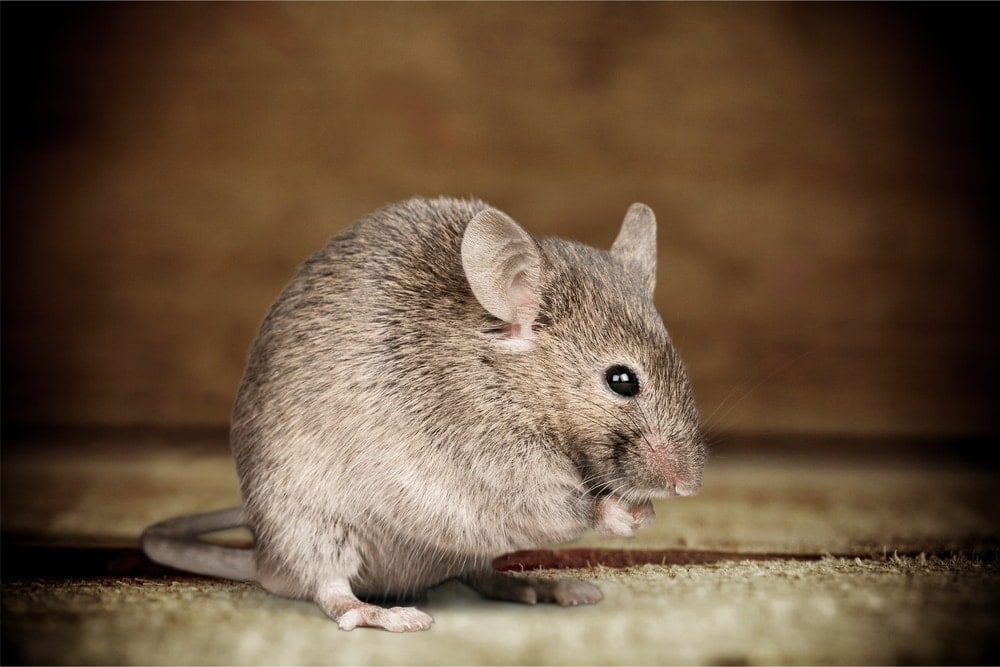
How to maintain potty training
After your mouse has successfully used their littler for at least a week without fail and hasn’t been able to find any poop in around their cage area, the potty train has been successful.
Now you must maintain this behavior. If you ever see poop in the cage area, put it back in the litter. As you rearrange their cage, do not place their food next to the litter for any reason. This will cause their potty training to fail because mice do not like to eat where they poop.
Also, do not allow any large animals to be by the cage. Mice are small and have a prey mentality, so they will hide in their homes if a large animal is walking around near them. They will also start to poop in secret areas and not in the litter area because they don’t want large animals to know they are in the area.
Note: if your mouse becomes pregnant and gives birth to a litter, it should not be as difficult for you to train the mouse’s new pups to use it. They will learn from their mom how to use the litter. Just make sure their cage is clean as they are growing up. Don’t let their poop linger too long in the cage area or pick up on their mother’s training.
Conclusion
- The cage bedding and the litter bedding should not be the same material
- Do not place kitty litter in their toilet
- Look around the cage and place soiled begging in the litter
- Their litter should not be near their food and water
- When they do use the litter, don’t clean it too quickly
- Always throw away or clean the liner
- There shouldn’t be any large animals near their cage, because if they are scared, they will poop in secret places to throw animals off of their scent.
- If the mom is toilet trained, then her babies are likely to be trained by her.
